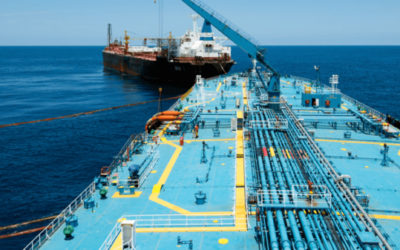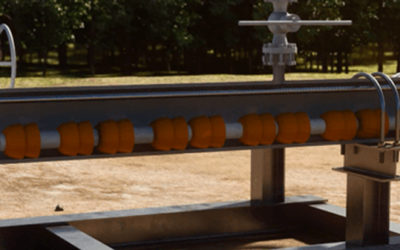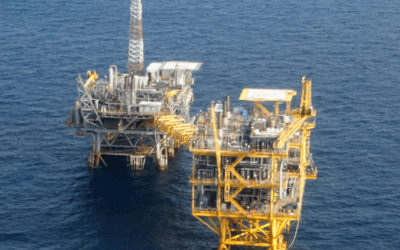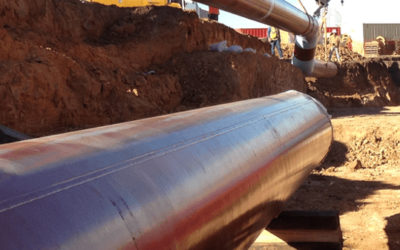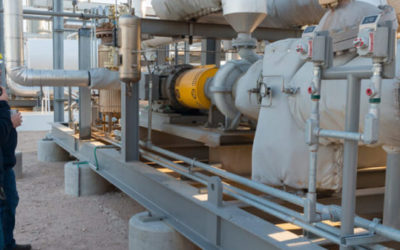PROMOTING INSIGHT AND SMART DISCUSSION
Blog
Produced Water Treatment and Membrane Filtration
During oil and gas processing, water inevitably is collected as part of the stream. Not only does this water need to be removed for processing, but the "produced water" also must be treated to remove environmental and system-wrecking pollutants. The U.S. alone...
Pigging Systems Go Automated
In 1994, the U.S. Department of Transportation codified regulations that would require oil and gas pipeline operators to "accommodate the passage of instrumented internal inspection devices." Thus smart pigs were born to gauge the physical condition of pipelines....
Power Generation for Offshore Environments
Like any other endeavor, offshore production platforms and vessels require energy to operate. Unlike your average home or business, however, it's generally not as simple as connecting an electrical power line. Power generation systems are largely integrated into a...
Industry Changes to Process Safety Management Still Being Considered
On May 26, 1992, the Process Safety Management (PSM) rules — codified as 29 CFR 1910.119 — were enacted by the U.S. Occupational Safety and Health Administration (OSHA). These rules were meant to encourage a methodological approach to making processes and procedures...
Flare Studies an Important Facet of Oil and Gas System Design
Downstream processing of hydrocarbons is a tricky business. It must be safe, not only for personnel but also the longevity of the equipment. Regulations of all types shape how systems can be designed, and those regulations can change, requiring modifications to...
Inspections Enhance Safety and Operational Solvency
Oil and gas operations have many facets to them, from exploration to abandonment. The facilities and procedures used by the industry must often meet stringent regulatory and safety requirements. Failure to meet those requirements could lead to endangering equipment,...
Routing Pipelines Requires Contributions from Many Fields
Energy pipelines are a vital component to the downstream petroleum industry, acting as a web of highways for moving oil, gas, natural gas liquids (NGL), and other derivatives to market. The U.S. alone has over 1.3 million miles of them. But the story of how they got...
Operations and Maintenance Planning Keeps Oil and Gas Facilities Efficient
From auto manufacturers to oil and gas refiners, facility managers are always interested in increasing operational efficiency and improving the effectiveness of maintenance tasks. As profit margins thin, competition increases, and safety planning becomes more...

